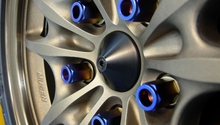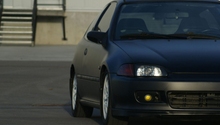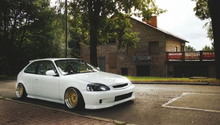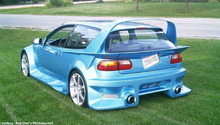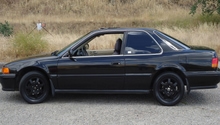Honda: How to Find a Good Paint Shop
When deciding to paint your Lexus, you must not only consider your colors, but also your budget, and find the right paint shop for you at a price and in a time frame you can live with. We give you some helpful painting tips.
This article applies to the Honda Civic (1992-2000), and Accord (1990-2002).
A good paint job not only gives the Honda a great look, it also protects it from rusting. There is a fine line between a simply affordable paint job and a bad one. Factory-quality paint jobs can cost up to $15,000 on a Honda, while a cheap one could cost you as little as $250. The average decent paint job is between $2,500 and $6,000. Here is a guide to finding a good paint shop that will give you the best deal.
Pro Tip
It is recommended that you do not paint your vehicle by yourself. If there is one thing you want a professional to do, it is painting your car.
Step 1 - Set a budget
In order to set a budget for your paint job, first you must pick a category:
Low Cost Paint Job ($250-$2,500)
A low cost paint job could work if the vehicle has high mileage or if there are no plans to sell it later. Consider this if the vehicle has spots that are missing paint, too. Inexpensive paints are used in lower cost paint jobs.
Middle Cost Paint Job ($2,500-$7,000)
Middle cost is often picked by the average drivers. Most paint jobs within this price range are acceptable replacements for the factory paint. Considering the soft paint that Lexus uses, you could frequently consider this as an upgrade.
High-end Paint Job ($7,000-$20,000+)
The high-end paint job is a good fit for those that have spent a lot of money modifying their Lexus. In other words, this is the choice for turning your daily driver into a show car.
Pro Tip
Any budget decision should include any body work that needs to be done. Obtaining the perfect paint job is impossible with dents on your doors. Look around the vehicle, take note of all the body work that needs to be done on a panel-by-panel basis, and set your budget accordingly.
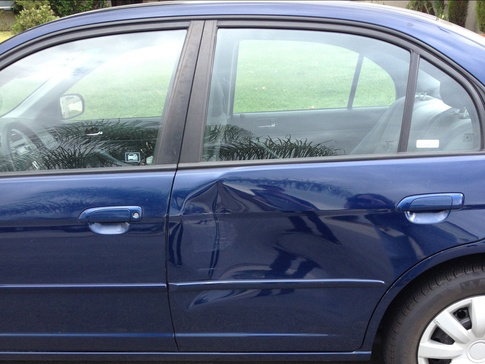
Figure 1. Be sure to account for body work when budgeting. 
Figure 2. Though damaged, these panels are completely repairable.
Step 2 - Find a paint shop
One of the best resources available is the internet. Start by asking Google for nearby paint shops. Pick a few shops that are within an acceptable distance from where you're located, then research them on Yelp. Yelp has a nice feature in which the owner of the business can't delete reviews. The reviews will likely answer questions in regards to quality, time, and customer service.

Step 3 - Get a quote
It's a bad sign if a shop gives you a firm quote over the phone without ever looking at the vehicle. A professional will first look at your car, take notes of any bodily damages, ask a few questions, then give you a quote. When getting a quote, it is important to ask the right questions. Ask the shop what type of warranty they offer with their paint jobs. A good paint shop stands behind their paint jobs. Ask them how many coats they will paint the car. This way you can compare different quotes equally, rather than comparing a one-coat paint job with a three-coat job.
Pro Tip
Compare your quote to the budget you have set and don't make a decision on the spot. It is best to get three or more quotes before making a decision.

Figure 4. This bumper was repainted by Maaco after an accident for $220. 
Figure 5. Vehicle getting prepared for $5,000 paint job.
Step 4 - Make a decision
After you decide on the shop you want, set a time and a date to drop off the car. Be sure to go home with the paper work, set a pick up time, and visit the shop throughout. Most paint shops don't time it right and end up postponing the pick-up time. The idea of you visiting to check on your car makes them work faster to ensure accurate delivery time.
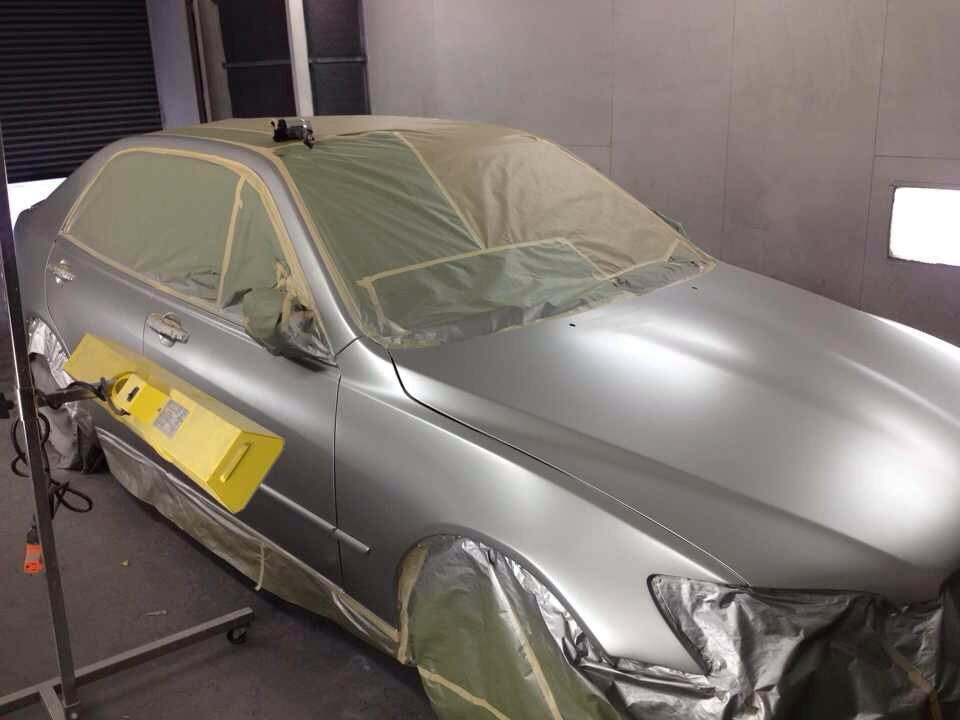
Pro Tip
Try to find a shop with a spray booth. A lot of shops don't have a booth to paint in, and no matter how professional they are, dirt tends to land on the car in the middle of the process, which will forever be seen under the clear coat.
Related Discussions
- Decent Paint Cost -Honda-tech.com
- Cheap Paint Jobs - Honda-tech.com


